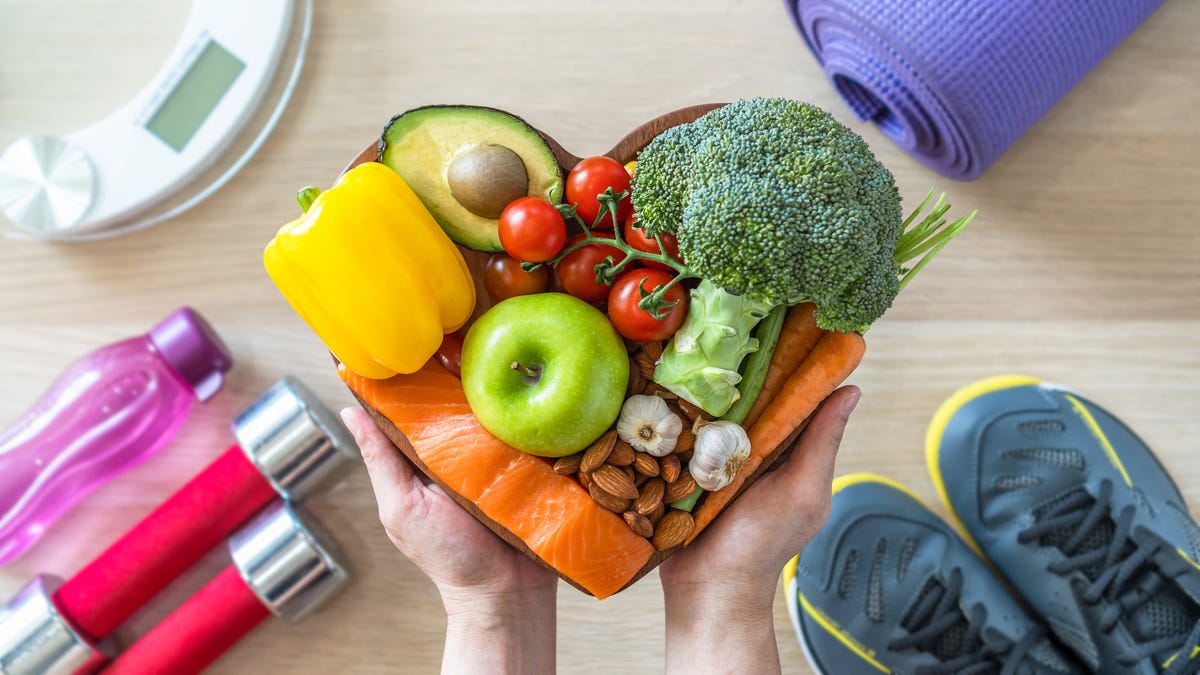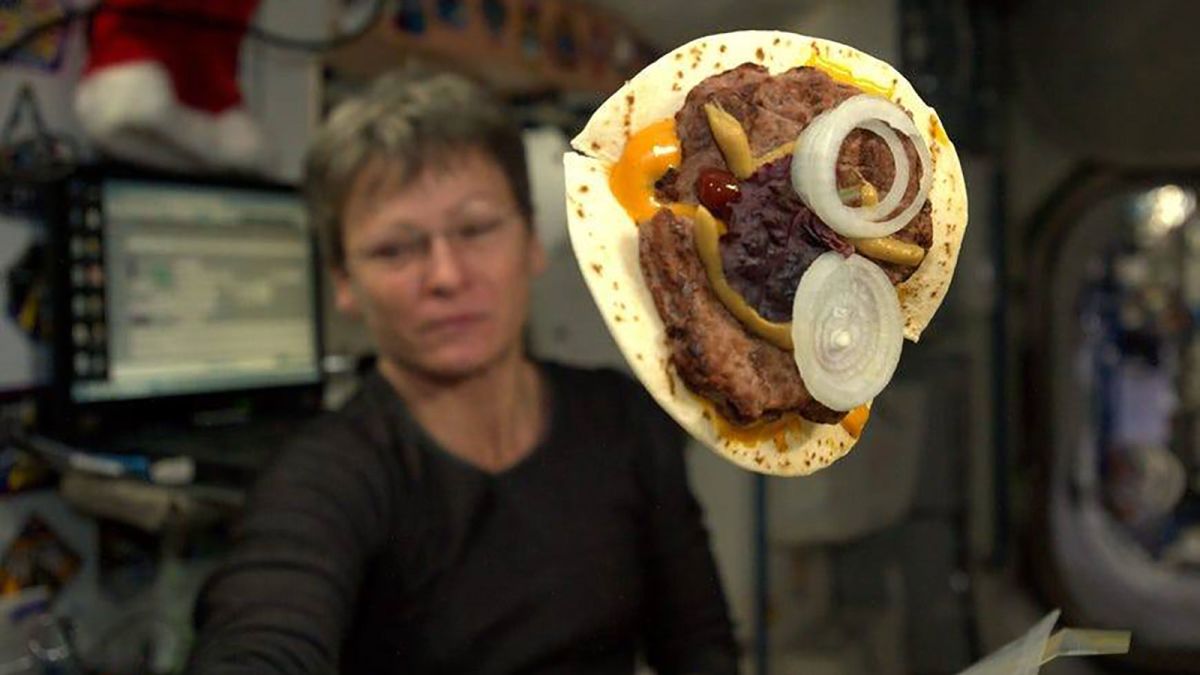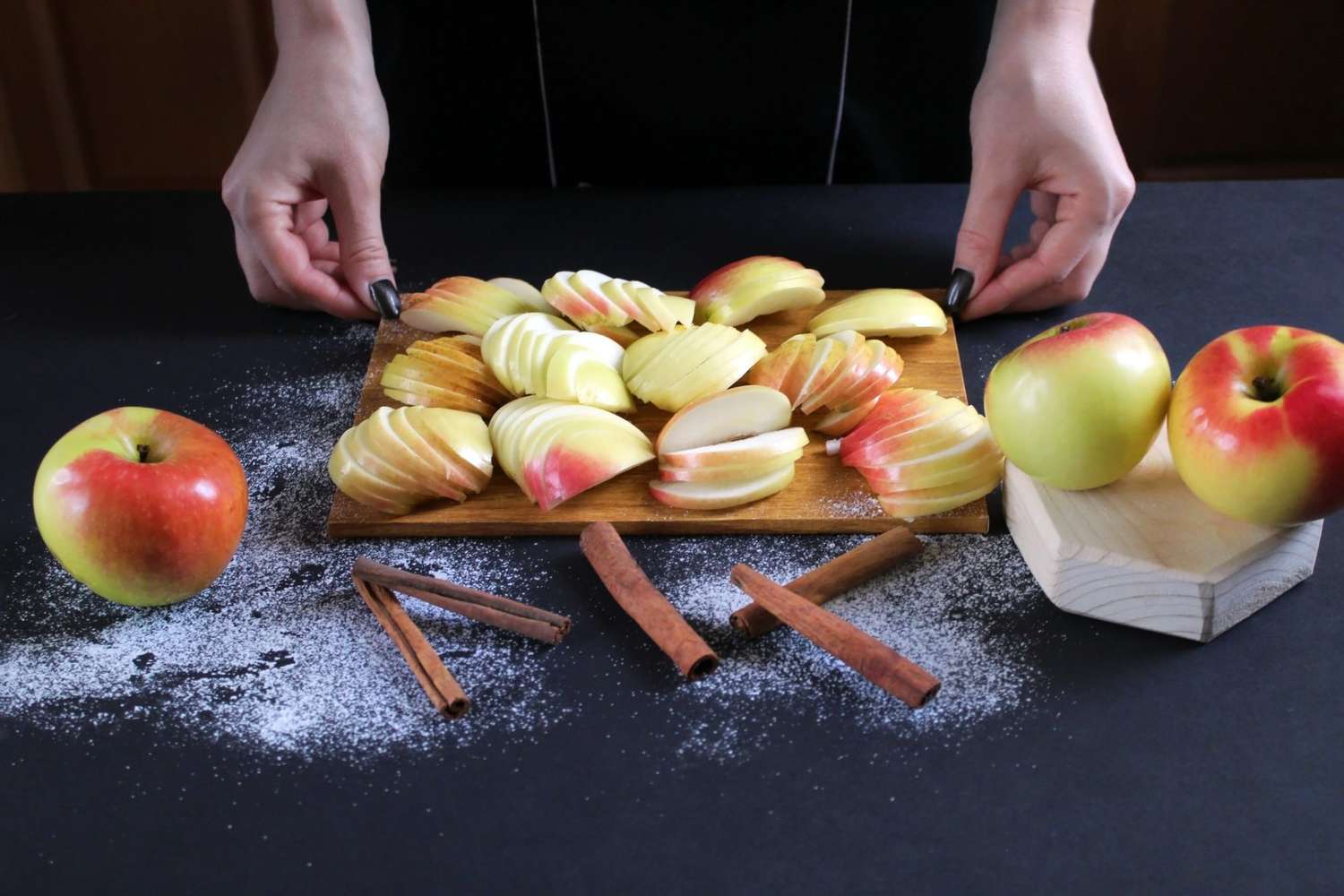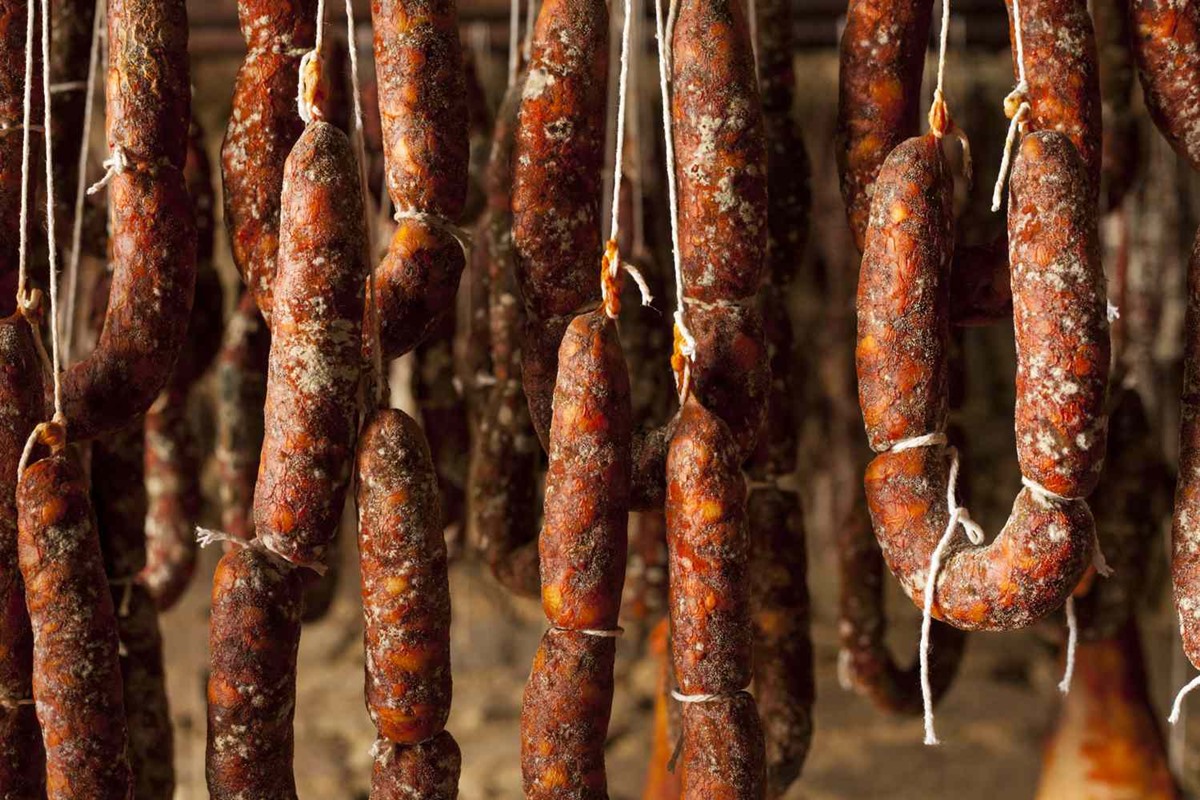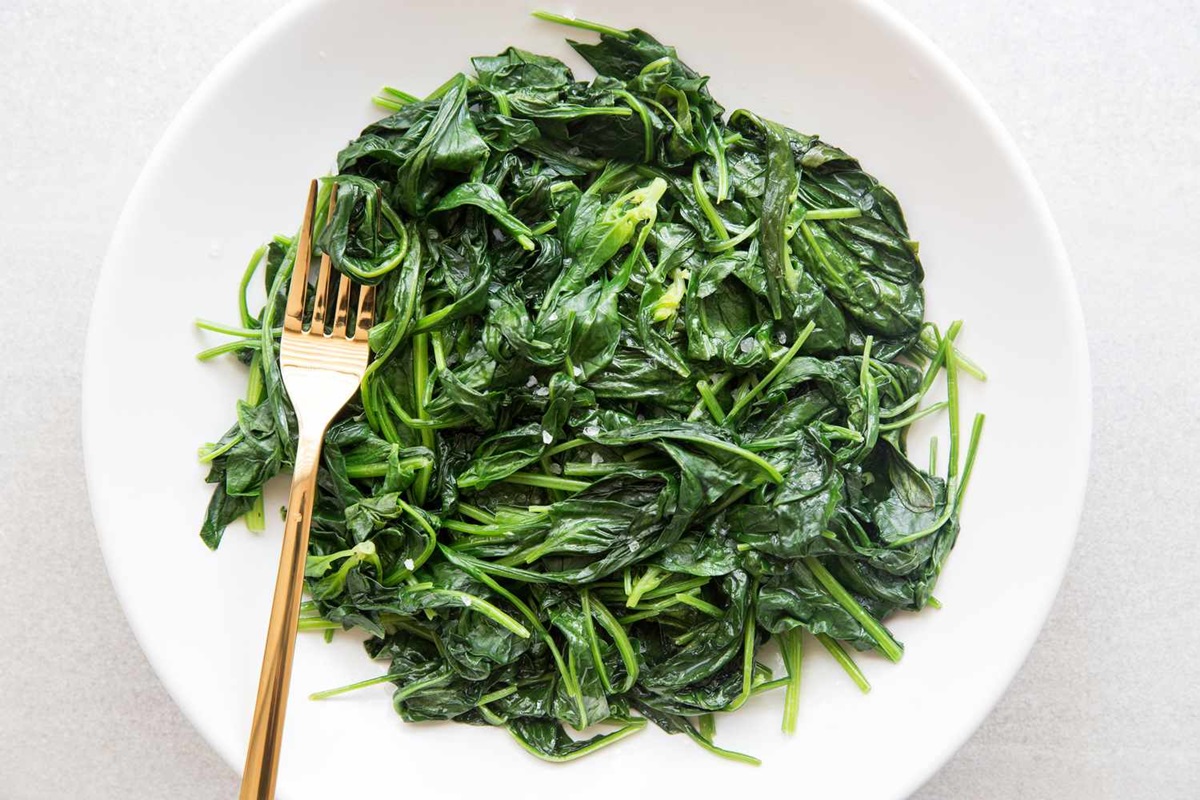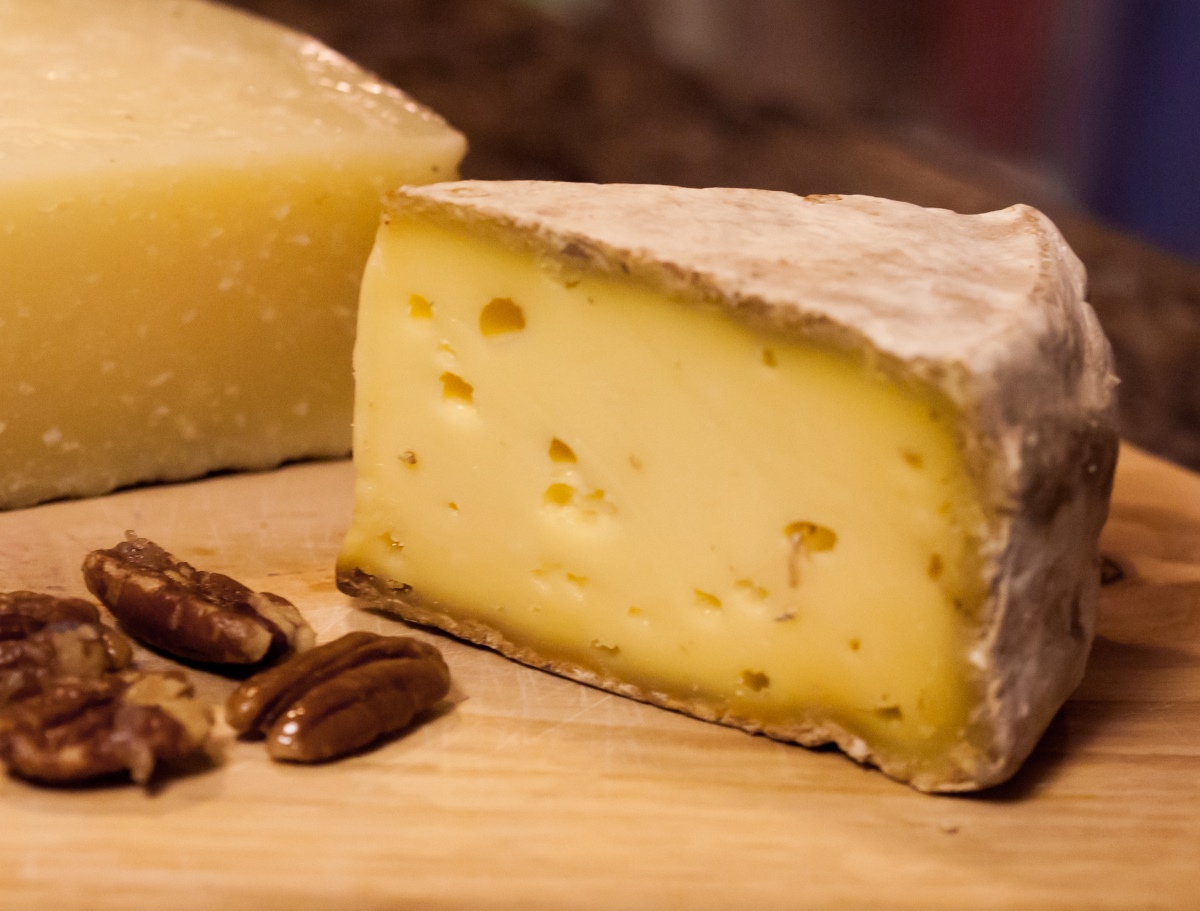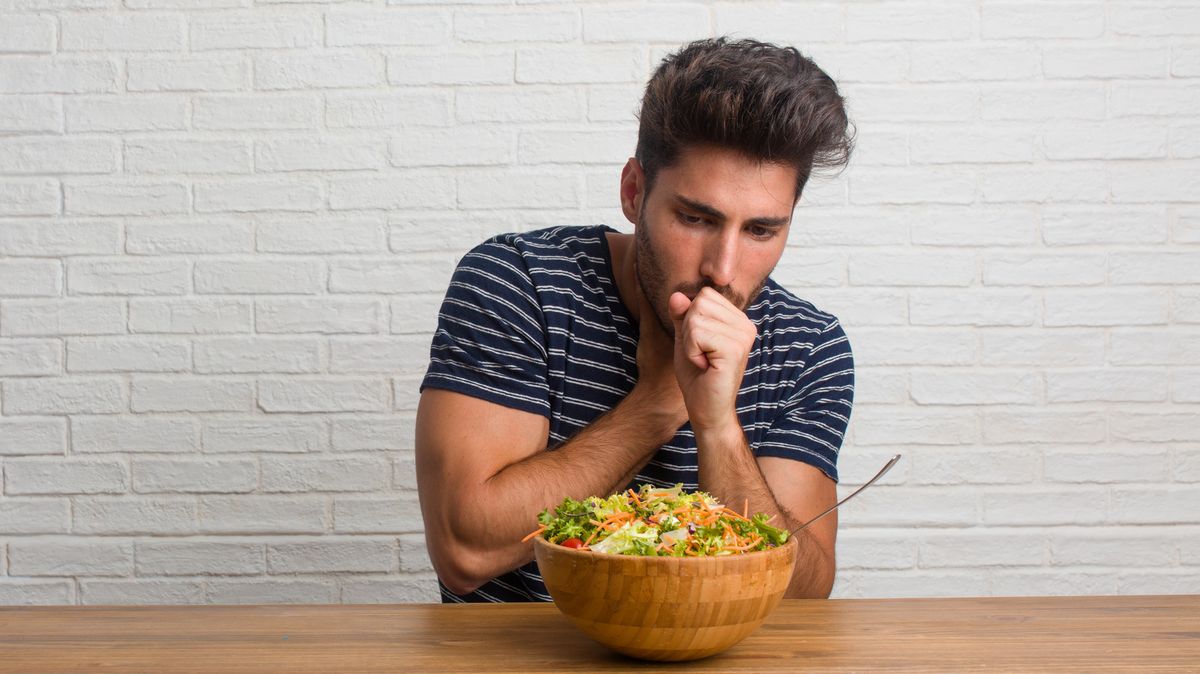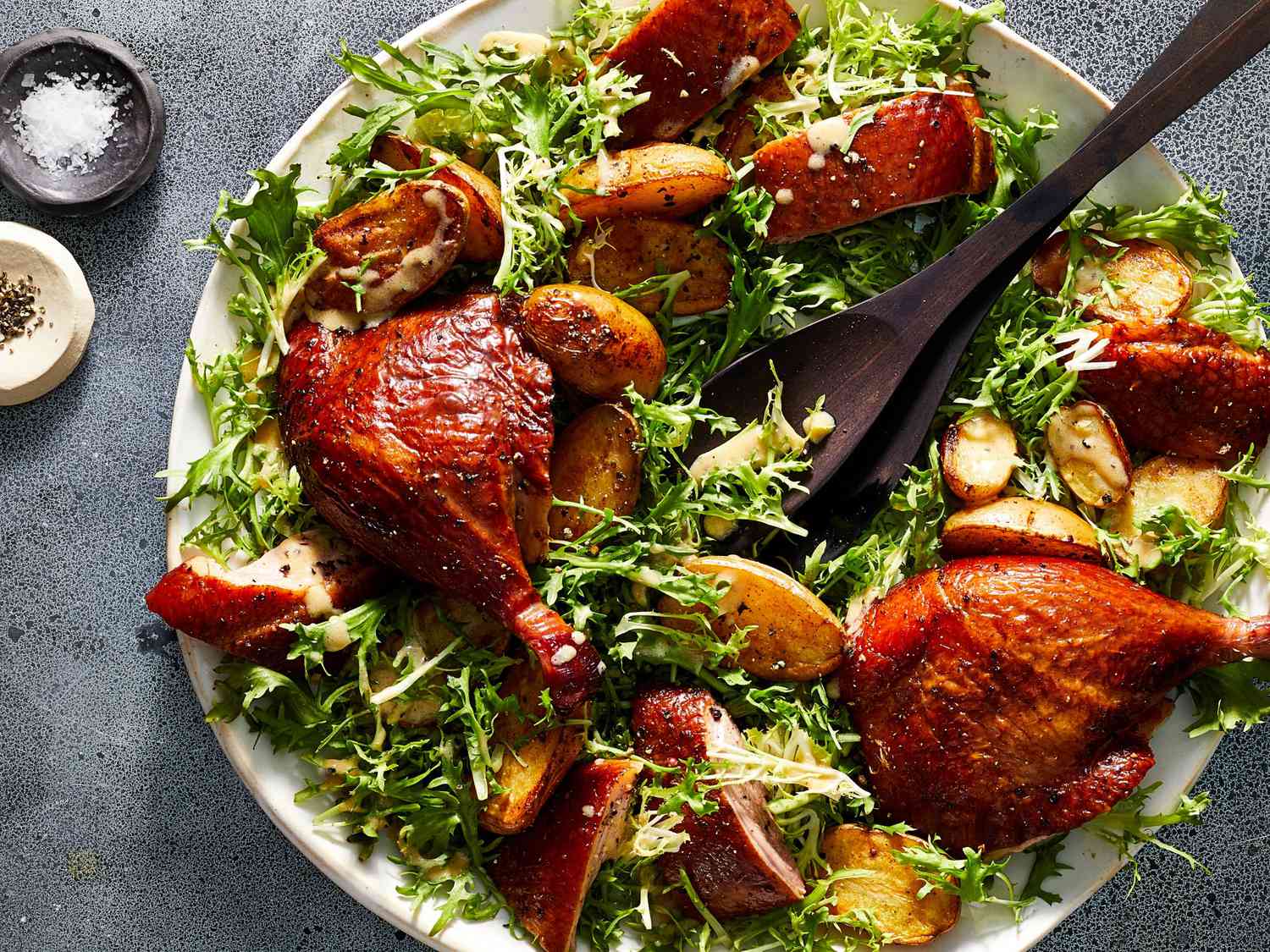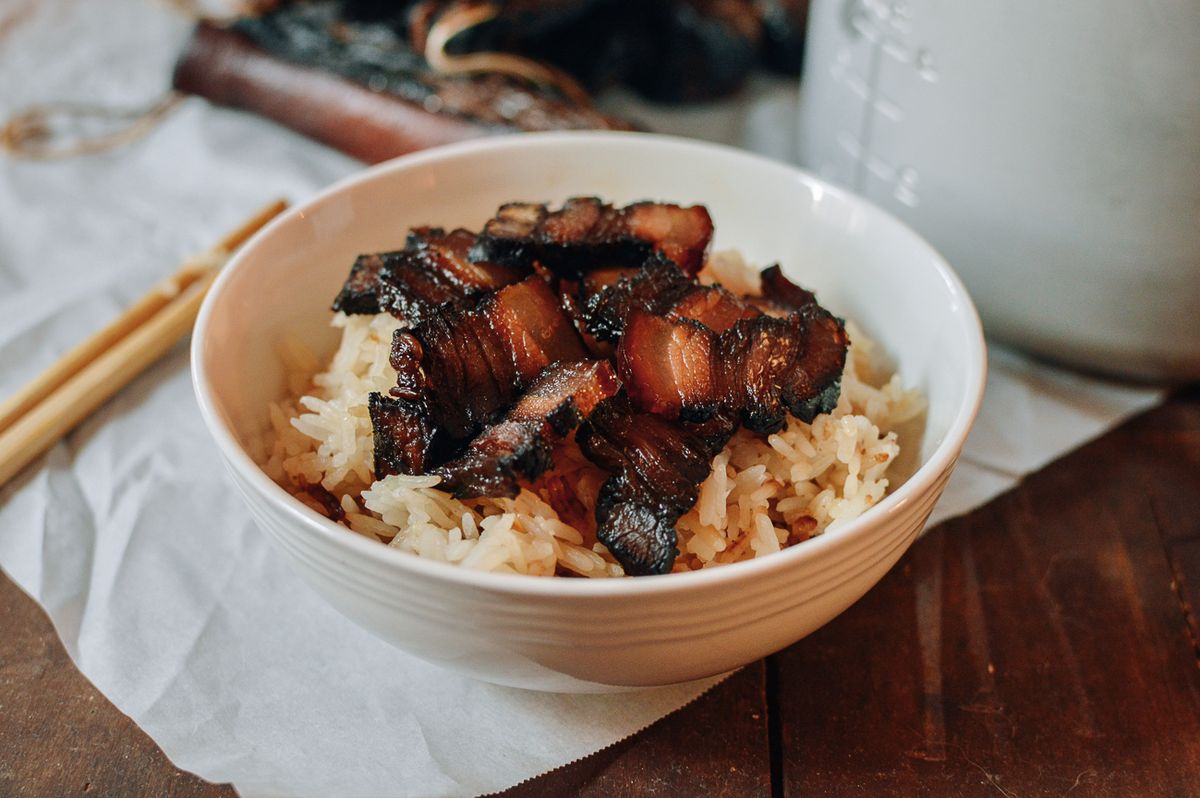Freeze-dried foods might seem like camping essentials, but they offer gourmet possibilities too. These foods retain nutrients and flavors, making them perfect for creative dishes. Imagine adding freeze-dried strawberries to a rich chocolate mousse or using freeze-dried herbs in a delicate sauce. They save prep time and reduce waste, ideal for busy home chefs. With a bit of imagination, freeze-dried ingredients can elevate everyday meals into culinary masterpieces. Whether you're a seasoned cook or just starting, exploring these versatile ingredients can bring new excitement to your kitchen.
Essential Ingredients for Your Culinary Creation
Gourmet Approaches to Cooking with Freeze-Dried Foods
-
Freeze-Dried Vegetables
- Carrots
- Peas
- Corn
- Bell peppers
-
Freeze-Dried Fruits
- Strawberries
- Blueberries
- Apples
- Mangoes
-
Freeze-Dried Proteins
- Chicken
- Beef
- Shrimp
- Tofu
-
Pantry Staples
- Olive oil
- Salt
- Pepper
- Garlic powder
- Onion powder
- Dried herbs (basil, oregano, thyme)
-
Grains and Pasta
- Rice
- Quinoa
- Pasta
-
Broth and Sauces
- Chicken broth
- Vegetable broth
- Soy sauce
- Tomato sauce
-
Dairy and Alternatives
- Parmesan cheese
- Cheddar cheese
- Coconut milk
- Almond milk
-
Fresh Ingredients
- Fresh herbs (parsley, cilantro)
- Lemon
- Lime
-
Optional Add-Ons
- Nuts (almonds, cashews)
- Seeds (chia, flax)
- Dried cranberries
- Sun-dried tomatoes
Necessary Tools for Gourmet Approaches to Cooking with Freeze-Dried Foods
Tools Needed
- Freeze-Dryer: Essential for creating freeze-dried foods at home.
- Vacuum Sealer: Keeps freeze-dried foods fresh for longer periods.
- Mason Jars or Mylar Bags: Ideal for storing freeze-dried foods.
- Oxygen Absorbers: Helps maintain the quality of stored foods.
- Blender or Food Processor: Useful for powdering freeze-dried ingredients.
- Dehydrator: Optional, for pre-drying foods before freeze-drying.
- Sharp Knife: For cutting foods into smaller pieces before drying.
- Cutting Board: Provides a safe surface for food preparation.
- Mixing Bowls: Handy for combining ingredients before freeze-drying.
- Measuring Cups and Spoons: Ensures accurate ingredient proportions.
- Silicone Mats or Parchment Paper: Prevents sticking during the freeze-drying process.
- Labels and Markers: For identifying and dating stored foods.
- Large Spoon or Spatula: Assists in spreading food evenly on trays.
- Tray Liners: Keeps trays clean and makes food removal easier.
- Storage Shelves: Organizes and stores freeze-dried foods efficiently.
Freeze-dried foods retain nutrients and flavors. Rehydrate them in water or broth for a few minutes before use. Perfect for soups, stews, and baking, they add convenience without sacrificing taste.
The Importance of Gourmet Approaches to Cooking with Freeze-Dried Foods
Freeze-dried foods offer convenience and long shelf life without sacrificing nutrition. They retain most of their vitamins and minerals, making them a healthy choice. Gourmet cooking with these ingredients allows for creative dishes that are both flavorful and nutritious. Plus, they reduce food waste by lasting longer.
Step-by-Step Instructions for Gourmet Approaches to Cooking with Freeze-Dried Foods
Gourmet Approaches to Cooking with Freeze-Dried Foods
1. Selecting Quality Ingredients
- Choose high-quality freeze-dried vegetables, fruits, and meats.
- Check expiration dates to ensure freshness.
- Opt for organic options when available.
2. Rehydrating Freeze-Dried Foods
- Measure the amount of freeze-dried food needed.
- Use warm water for rehydration.
- Soak for 10-15 minutes or until fully rehydrated.
- Drain excess water before cooking.
3. Enhancing Flavors
- Use fresh herbs and spices to boost flavor.
- Add a splash of lemon juice or vinegar for acidity.
- Incorporate garlic and onions for depth.
4. Cooking Techniques
- Sauté rehydrated vegetables in olive oil or butter.
- Simmer rehydrated meats in broths or sauces.
- Bake rehydrated fruits into desserts or pastries.
5. Combining with Fresh Ingredients
- Mix rehydrated vegetables with fresh ones for texture.
- Pair rehydrated meats with fresh herbs and spices.
- Blend rehydrated fruits into smoothies with fresh yogurt.
6. Creating Gourmet Dishes
- Prepare risottos with rehydrated mushrooms and fresh parmesan.
- Make stews using rehydrated meats and fresh vegetables.
- Craft gourmet salads with rehydrated fruits, nuts, and fresh greens.
7. Presentation Tips
- Garnish dishes with fresh herbs or edible flowers.
- Use colorful plates to enhance visual appeal.
- Arrange food neatly for a professional look.
8. Storing Leftovers
- Store rehydrated leftovers in airtight containers.
- Refrigerate promptly to maintain freshness.
- Reheat gently to avoid overcooking.
9. Experimenting with Textures
- Combine crunchy freeze-dried elements with soft ingredients.
- Use freeze-dried powders for unique textures in sauces.
- Incorporate freeze-dried crumbs for a crispy topping.
10. Pairing with Beverages
- Match wines with the main ingredients of your dish.
- Serve herbal teas with fruit-based dishes.
- Offer sparkling water with citrus-infused meals.
11. Adjusting Seasonings
- Taste frequently to adjust salt and pepper.
- Add spices gradually to avoid overpowering flavors.
- Balance sweetness with a touch of acidity.
12. Utilizing Freeze-Dried Herbs
- Sprinkle freeze-dried herbs over finished dishes.
- Mix into dressings for enhanced flavor.
- Blend into sauces for a concentrated taste.
13. Making Soups and Broths
- Add rehydrated vegetables to broths for a rich flavor.
- Simmer freeze-dried meats in soups for tenderness.
- Blend freeze-dried herbs into broths for depth.
14. Incorporating into Snacks
- Mix freeze-dried fruits into trail mixes.
- Add freeze-dried vegetables to dips.
- Blend freeze-dried powders into smoothies.
15. Exploring International Cuisines
- Use freeze-dried ingredients in Asian stir-fries.
- Incorporate into Italian pastas and risottos.
- Blend into Mexican salsas and sauces.
Mastering the Art of Freeze-Dried Cuisine
Embracing freeze-dried ingredients in your kitchen opens up a world of culinary possibilities, far beyond mere convenience. These versatile staples not only ensure your pantry is always stocked but also elevate everyday meals into gourmet experiences. From crafting vibrant soups and stews that taste garden-fresh to integrating them into baking for an unexpected twist, the potential is limitless. Remember, the key to unlocking the full flavor and nutritional benefits of freeze-dried foods lies in experimentation and creativity. So, don't shy away from trying new combinations or substituting them into your favorite recipes. As you become more familiar with their unique qualities, you'll find that these ingredients can transform the ordinary into the extraordinary, proving that gourmet cooking is accessible to everyone, anytime.
Common Questions About Gourmet Approaches to Cooking with Freeze-Dried Foods
What are freeze-dried foods?
Freeze-dried foods are items that have had their moisture removed through a special process. This keeps them lightweight, shelf-stable, and easy to rehydrate.
How do I rehydrate freeze-dried foods?
To rehydrate, just add water. The amount and temperature depend on the food. For veggies, use hot water. For fruits, room temperature works fine.
Do freeze-dried foods lose nutrients?
Not much! The freeze-drying process keeps most of the vitamins and minerals intact, so you get almost the same nutrition as fresh.
Can I use freeze-dried foods in any recipe?
Absolutely! You can toss them into soups, stews, smoothies, or even baked goods. Just rehydrate first if the recipe needs moisture.
How should I store freeze-dried foods?
Keep them in a cool, dry place. An airtight container helps maintain their quality. They can last for years if stored properly.
Are freeze-dried foods safe to eat without rehydrating?
Yes, they are! Some people enjoy them as crunchy snacks straight from the package. Just make sure they’re meant to be eaten that way.
What’s the difference between freeze-dried and dehydrated foods?
Freeze-dried foods retain more texture, flavor, and nutrients compared to dehydrated ones. The process is different, making freeze-dried items lighter and quicker to rehydrate.

